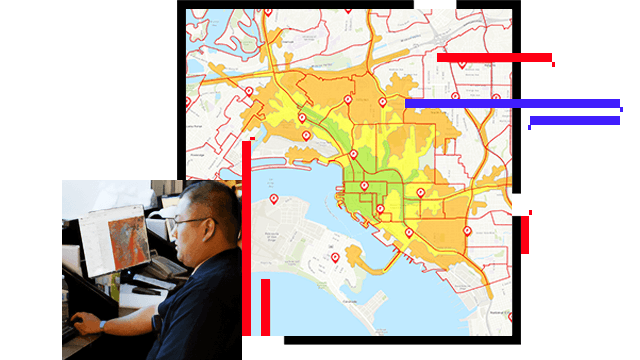Understand where to focus
Mapping and visualizing hazards is only part of the equation. Using GIS to analyze demographic, economic, and climate data helps you assess and understand systemic risk, and highlights where to reduce the potential impacts of hazards on your critical assets and the people you serve to truly build resilience.




